The Science Museum has been honoured for its green credentials this month by scooping two prestigious awards for its new Hemcrete storage facility at Wroughton. The innovative storage building which is made from hemp and lime, was honoured for its sustainable design by winning the Sustainability Award at the Museums and Heritage Awards – beating stiff competition from the BP Showcase Pavilion at the Olympic Park and the Museum of Surfing. The project was also recognised earlier this month at […]
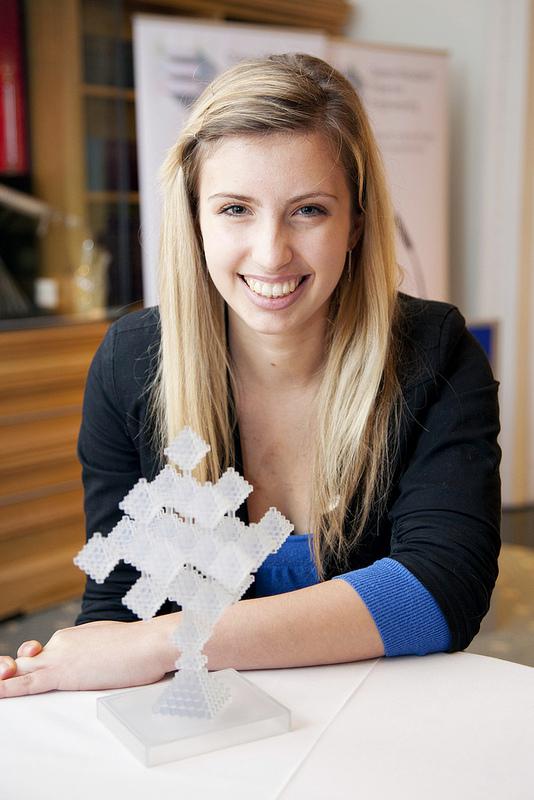
This tree-like structure that symbolises the growth of engineering has been chosen as the trophy for a new global prize. The Queen Elizabeth Prize is considered to be the Nobel prize for engineering and yesterday the winner of the trophy competition was announced by Ian Blatchford, Director of the Science Museum Group.
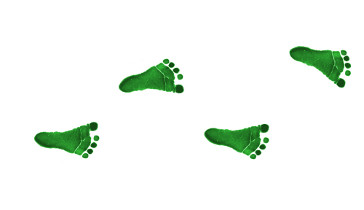
Journalist Annalisa Barbieri and other experts will be on hand at our ‘Green Babies’ workshop this Thursday to answer questions from new and expectant parents about how to reduce your baby’s carbon footprint and environmental impact.
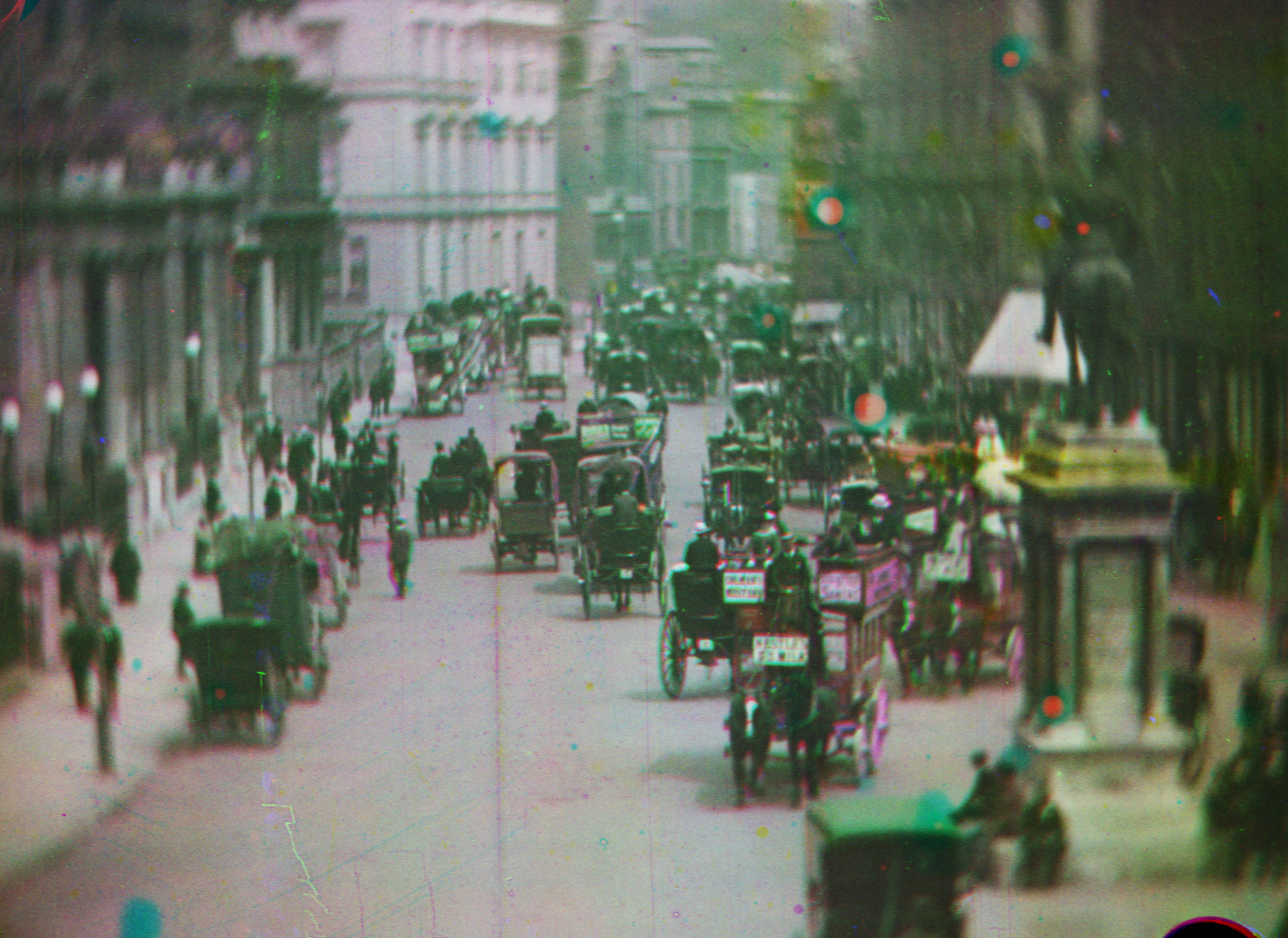
Our sister museum, the National Media Museum unveiled the worlds earliest colour moving pictures ever made!
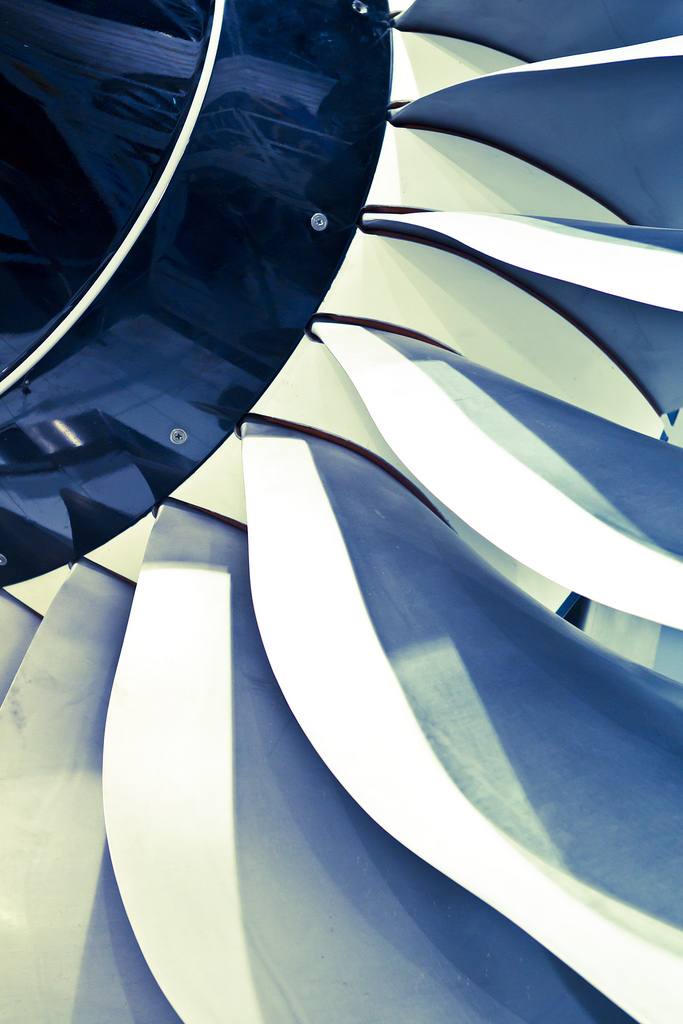
We were joined recently in the Science Museum by renowned British inventor Trevor Bayliss, who was keen to visit the Make it in Great Britain exhibition.
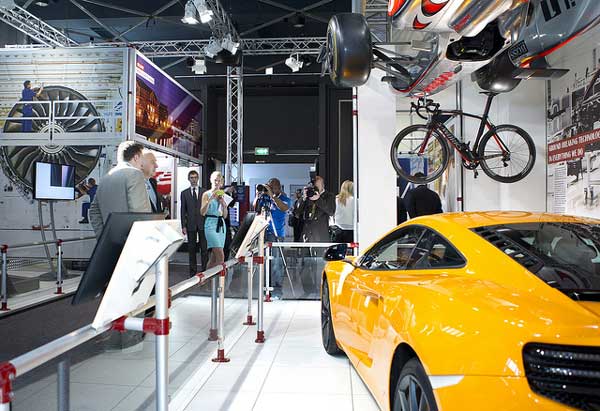
A new guest blog from Mark Champkins about our new exhibition Make it in Great Britain – a celebration of British manufacturing
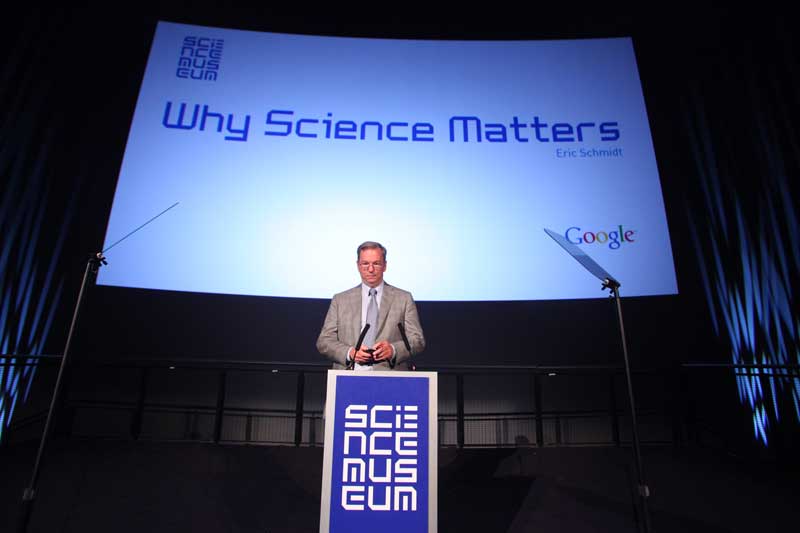
Tonight in front of an influential audience at our Imax theatre, Eric Schmidt discussed the importance of Science Museums.
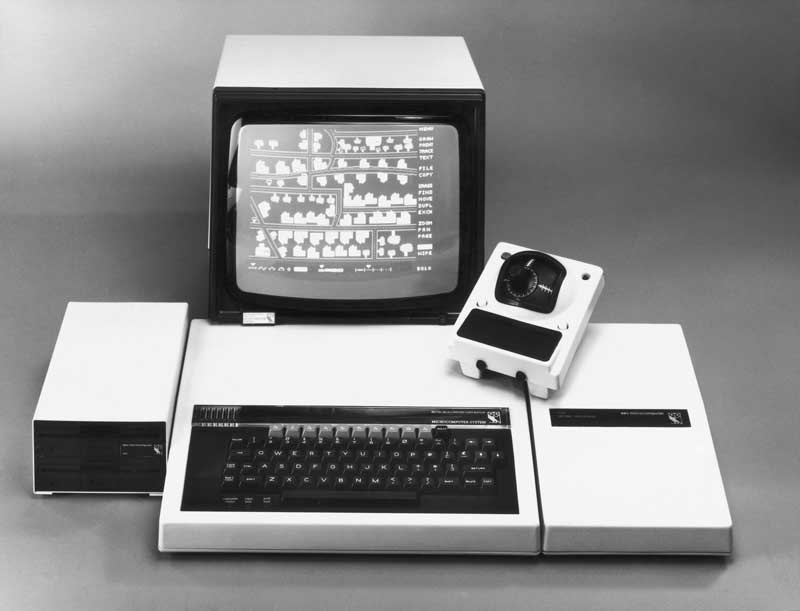
Today the Science Museum are publishing a report on the legacy of the BBC Micro.
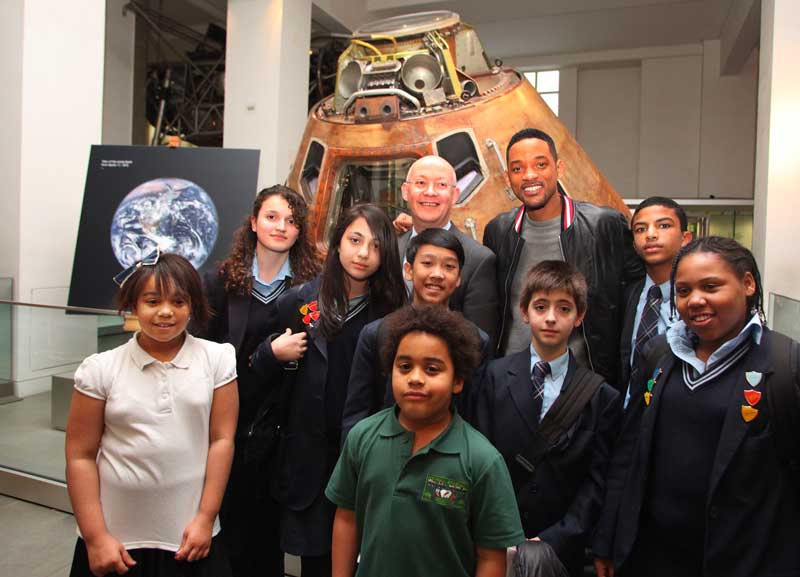
Will Smith Hollywood actor, producer and rapper, visited the Science Museum yesterday!
What was the popular culture of science like in Britain, in the fifties and sixties? The Science Museum has received funding from the Arts and Humanities Research Council (AHRC) to start exploring this question. The 1950s and 1960s were years of technological expansion. In 1957, the space race started, with the USSR’s successful launch of Sputnik 1, the first artificial satellite to orbit the earth. In 1969, the USA put humans on the Moon. In 1954 the European organisation for nuclear research, […]
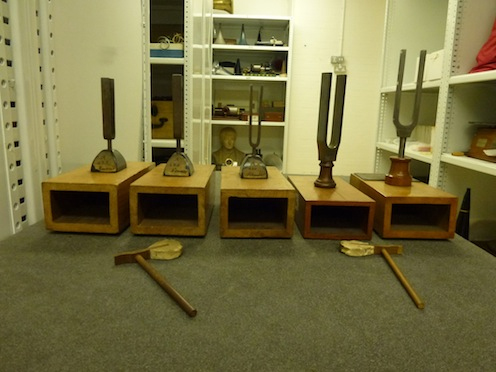
The Science Museum is very pleased to announce our first ever Sound Artist in Residence, Aleks Kolkowski. In recent years Aleks has explored the potential of historical sound recording and reproduction technology to make contemporary mechanical-acoustic music. His works for singers, instrumentalists and even singing canaries often feature live-made sound inscriptions onto wax cylinders and lacquer discs using Edison phonographs and old disc recording lathes. Other activities include repurposing discarded digital CDs with 45rpm analog records and both sound installations […]
The 29th of February, a Leap day, is coming up again. On this mysterious date 20- year- olds celebrate their fifth birthdays and so on. What has this got to do with this beautiful armilliary sphere , on display in The Science Museum, London? Armiliary sphere by Sisson (credit: Science Museum) The sphere was made in 1731 for Prince Frederick , son of George II, who died before his father, hence he never came to the throne. Both he and Princess Augusta were […]